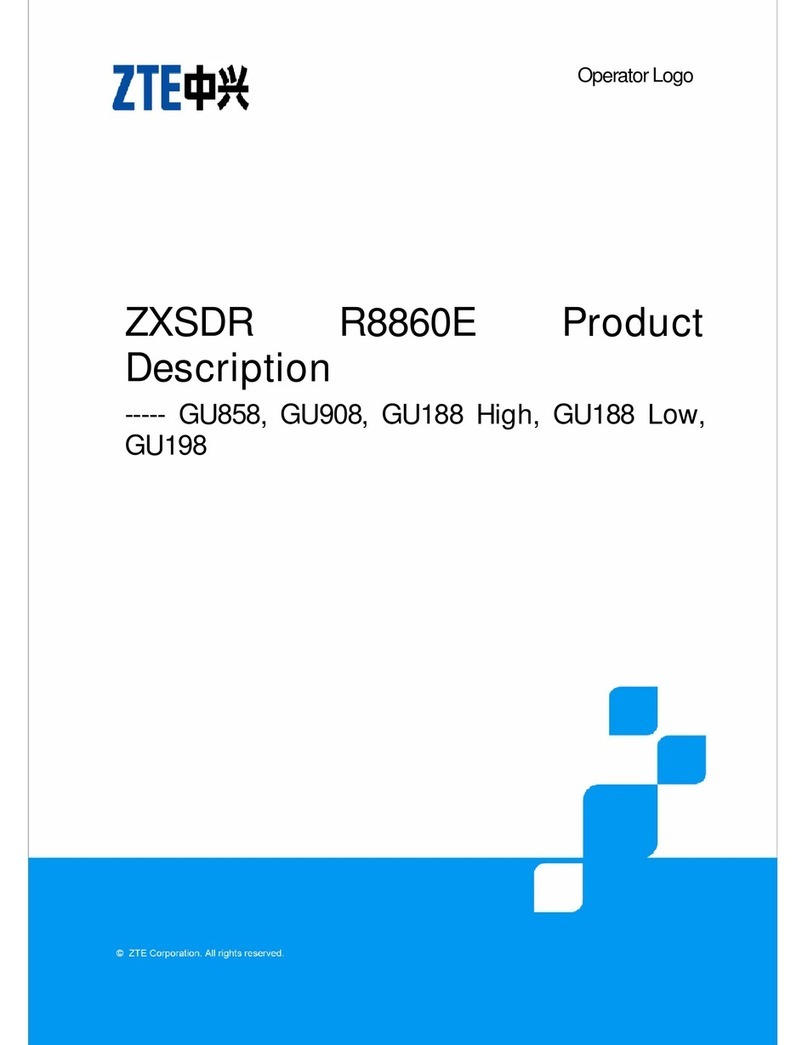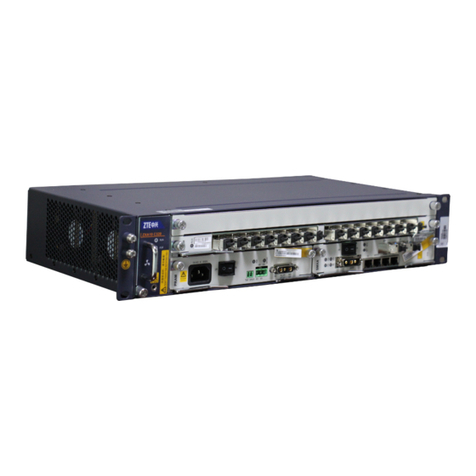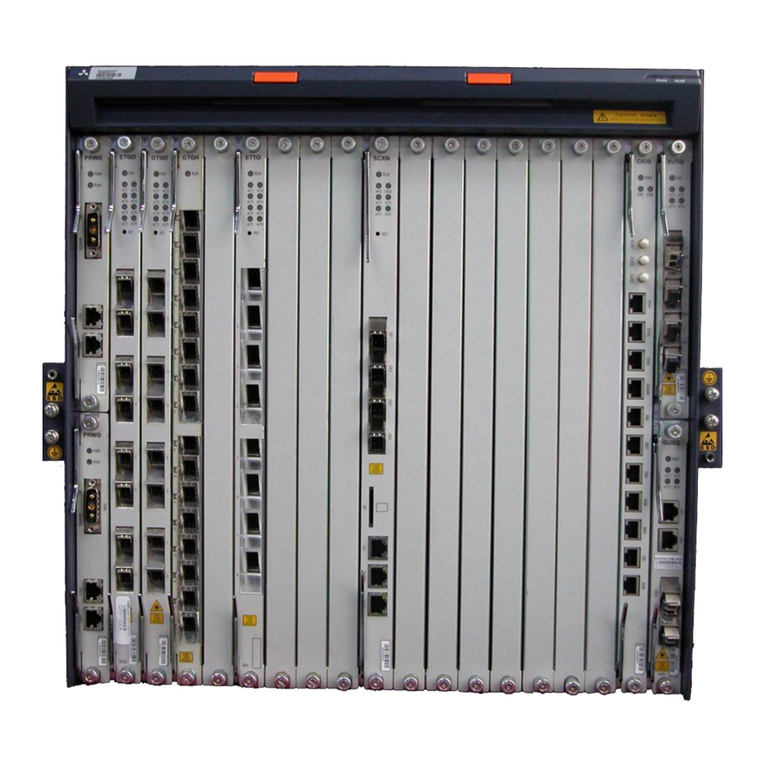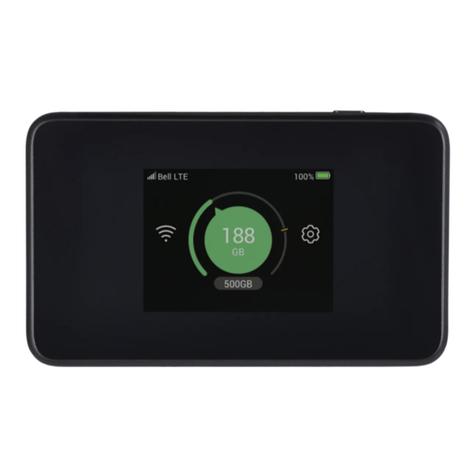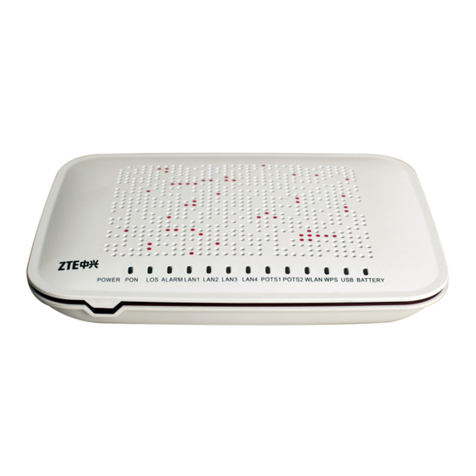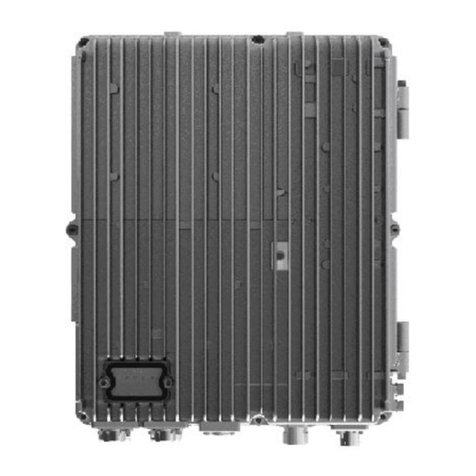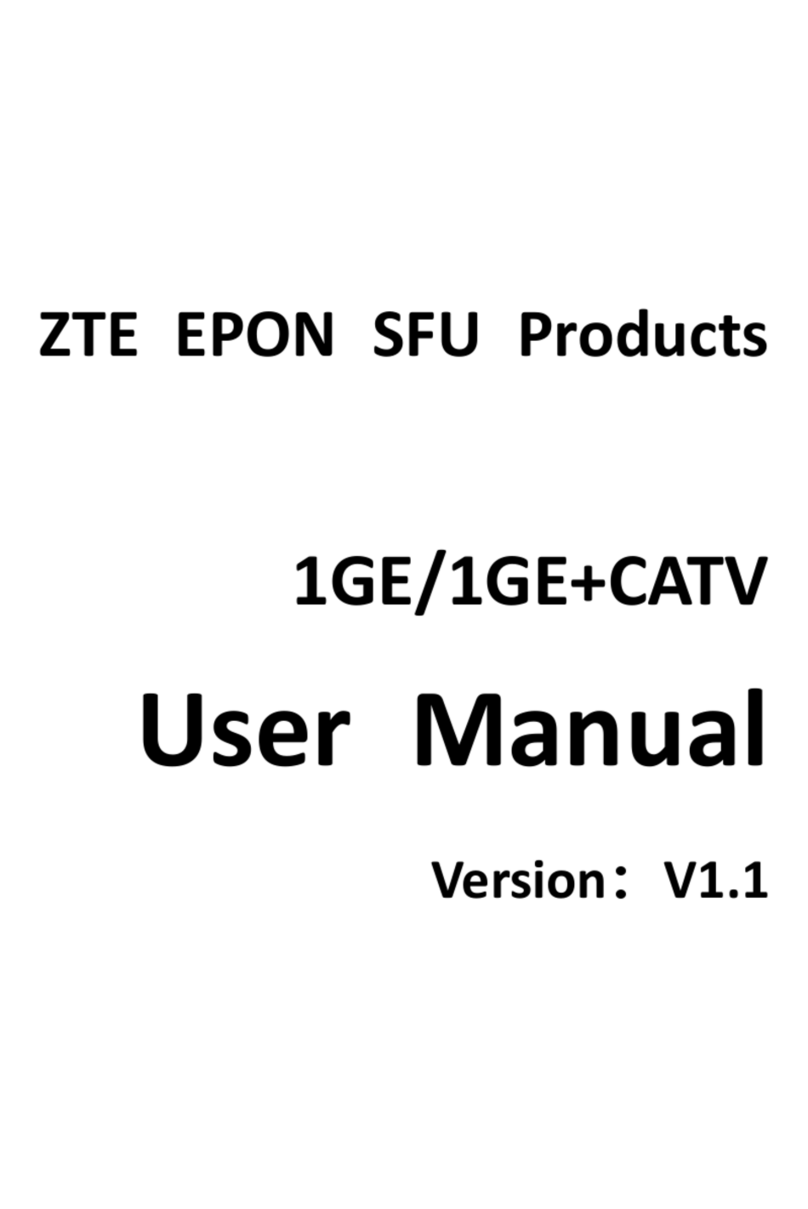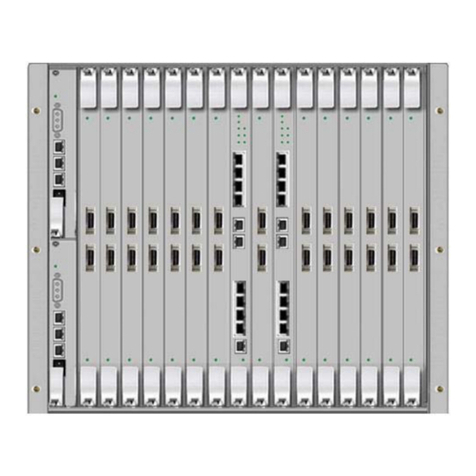
-ii-
2.7 Optical safety and electrical safety ................................................................................................ 2-6
2.8 Indices of System Component Parts .............................................................................................. 2-7
2.8.1 Performance Indices of OMD............................................................................................. 2-7
2.8.2 Performance Indices of OAD Units.................................................................................... 2-8
2.8.3 OTU Interface Indices ...................................................................................................... 2-10
2.8.4 Performance Indices of Optical Supervisor Channel........................................................ 2-13
2.8.5 SRM42 Interface Indices .................................................................................................. 2-13
3 System Function...................................................................................................................................... 3-1
3.1 Line Transmission Function .......................................................................................................... 3-1
3.2 Service Functions........................................................................................................................... 3-2
3.2.1 Service Access Function ..................................................................................................... 3-2
3.2.2 Service Convergence Function ........................................................................................... 3-2
3.3 Communication and Monitoring Functions................................................................................... 3-3
3.3.1 Communication between EMS and Access Point ............................................................... 3-3
3.3.2 Communication between Nodes ......................................................................................... 3-5
3.3.3 Intra-node Communication and Monitoring ....................................................................... 3-6
3.4 Power Input and Output Functions ................................................................................................ 3-7
3.5 Grounding Function....................................................................................................................... 3-7
3.6 Alarm Output Function .................................................................................................................. 3-7
3.7 Protection Function........................................................................................................................ 3-8
3.7.1 Ring Network Protection .................................................................................................... 3-8
4 System Configurations and Networking Modes................................................................................... 4-1
4.1 System Configuration .................................................................................................................... 4-1
4.1.1 Board Slot Resources.......................................................................................................... 4-1
4.1.2 Metro Optical Terminal Equipment (OTM)........................................................................ 4-2
